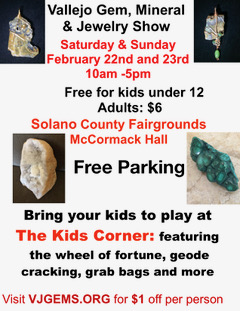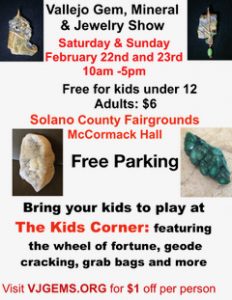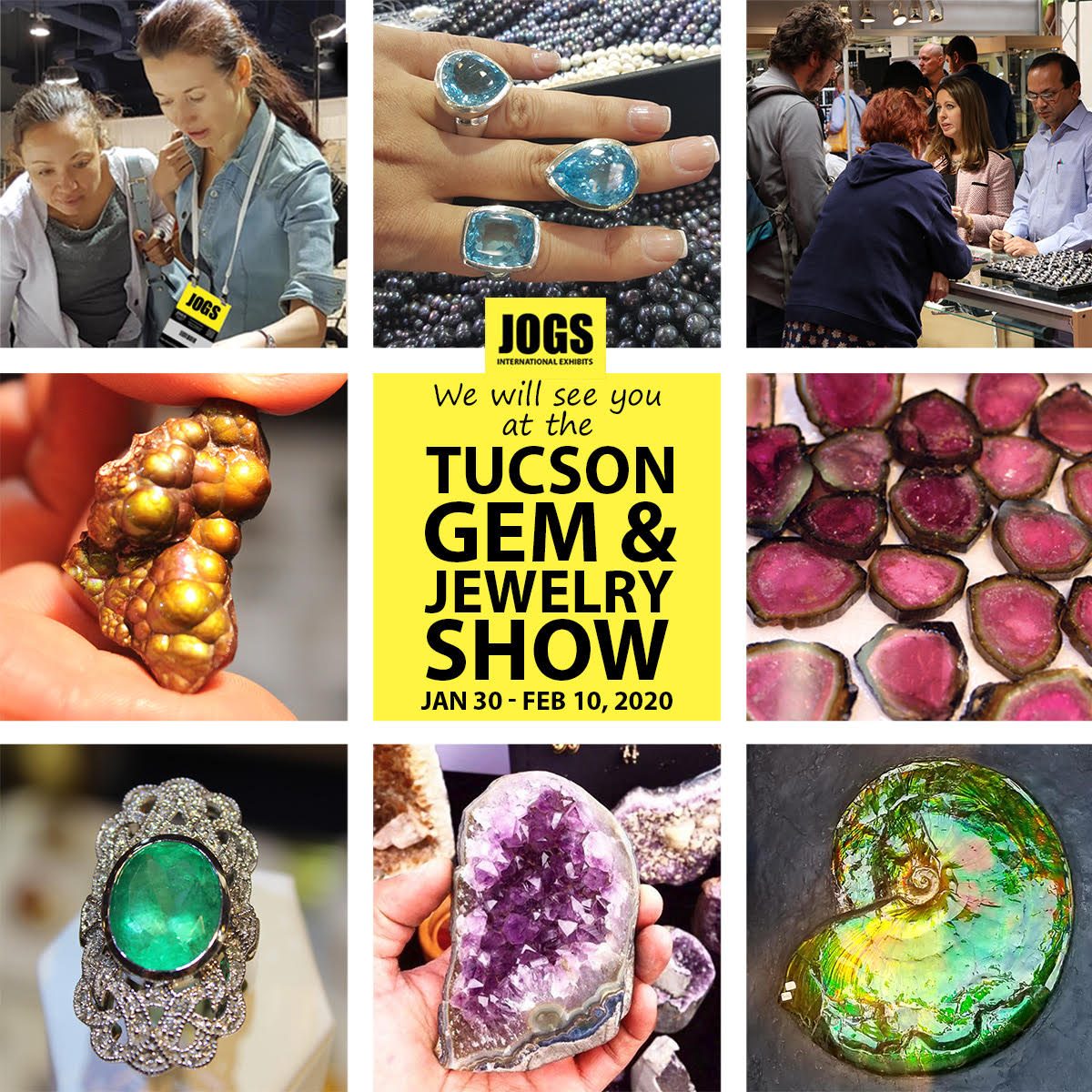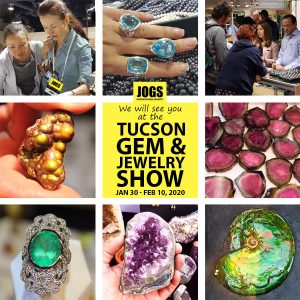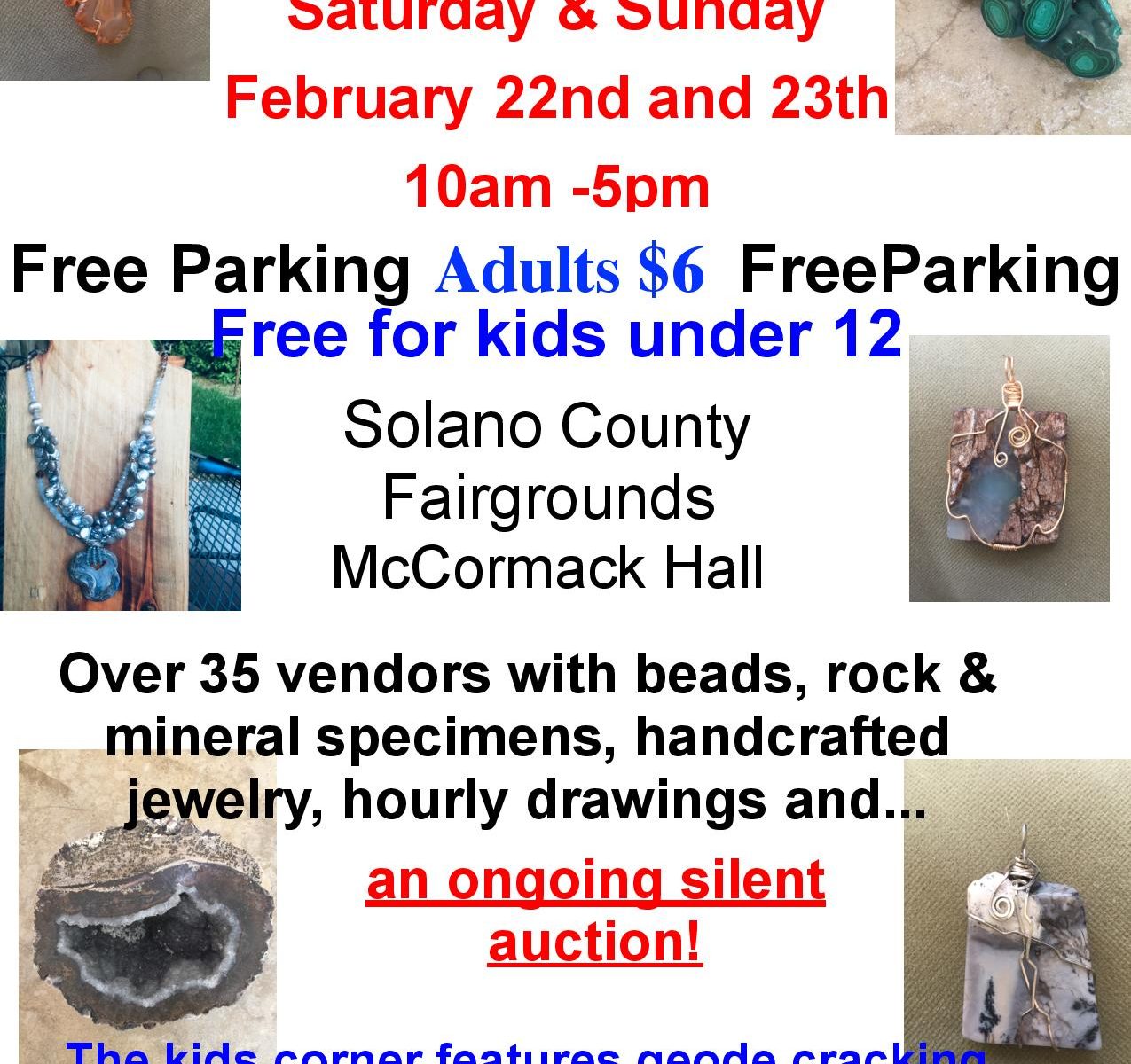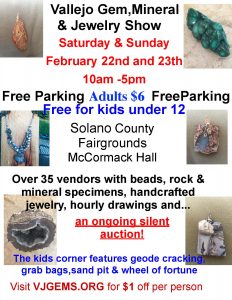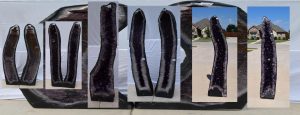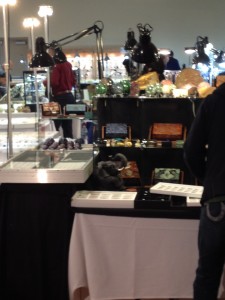Provenance!
When is a box of rocks not a box of rocks?
As the term goes, beauty is in the eye of the beholder. It takes an openminded person with a keen set of eyes to see the beauty of a rock prior to cleaning and polishing it. But what if we were to tell you the true story behind that rock? Where it was found? The mine it came from? The adventure, story, and challenges that lead up to finding it? The true value of a rock goes much deeper than may first be obvious and it is critical to the hobby of rockhounding.
The origin and history of ownership including background story adds to value and collectability. Provenance is a term most often used in the Fine Art and Antiques markets as one of the determinants of value. The term and logic can be applied as well to stones, minerals, and crystals to help value a Rockhound’s collection.
Let’s take a common example: Quartz. Lustrous purple quartz that most people refer to as Amethyst is found in many parts of the world and people love to browse the glossy cathedral pieces often found in gem shows. These are mostly commercially mined in bulk predominantly in China and Brazil, and are often augmented by various heating, coloring, and gluing techniques. Their retail price point fluctuates greatly but ultimately the piece you are looking at is a version of quartz and one of the most common minerals in the world. Now what if we also told you that in Arkansas, USA you can mine a magnificent piece of clear quartz by hand with perfect scepter points to place as a centerpiece that would simply make your dinner friends jealous. Even better yet, we could all go grab a great bottle of pinot red together and drink a few glasses while reminiscing about the day you found it. Then browse through the photos of triumphantly lifting the mineral with a huge smile while you were absolutely covered in dirt due to obsessively digging with a custom pick axe carefully for hours. How much would that be worth in comparison to the generic Amethyst piece from unknown locale you were considering purchasing over eBay?
When rockhounding, how do you ensure your collection retains its provenance? Luckily, modern technology and tools make labeling and documenting your collection much easier than in the past, much more organized, and easier to share. First off, take real-time pictures of your findings to record your rockhound discoveries (old cell phones work great). It is amazing how pieces and stories can get lost so quickly when going from a dirty field bucket to a cleaned-up treasure.
- Geolocate! Geolocate! Geolocate! Modern day cell phones allow you to accurately identify the coordinates of your findings. Even if you consider the location to be a secret for all eternity, one day you may forget your path and landmarks change.
- Videoing a discovery is skill that sets apart modern-day
rockhounds. It’s a good idea to buy a 1080p low price video camera with hard
outdoor plastic case to film discoveries.
Cell phones work in a pinch but just remember that rock fragments and
dirty hands scratch surfaces very easily. As you film while you dig, clear
dirt, or brush off a specimen and narrate what is going on around you. You may just get lucky and capture the delight
and joy of your first Herkimer Diamond pocket discovery, or the agony and defeat
of just “another rock” or worse yet, cracked and broken treasures.
- Rockhounding often involves going to multiple
mines, trekking though woods, or galivanting over hills and through creeks, and
if you are finding the same mineral or crystal throughout, then documenting
each find is even more important to complete with your phone. Take photos of
the area in which you are rockhounding, the mine, the walk up to the area, and
narrate it or write notes to make sure you document the date of this
rockhounding adventure, and perhaps who is rockhounding with you, in order to
record the “story” behind your discoveries.
- Another benefit to documenting the whereabouts
of your discoveries, beyond a story, is the help the information may offer when
you are identifying your minerals. If you find an unusual stone you were not
anticipating, or stumble upon a fossil for instance, we suggest saving these
and identifying it later at home. Many minerals and stones are can be
identified by their locale. A green stone found unexpectedly in Washington
state is likely a variety of serpentine because it is common in Washington
state. A green stone found in Indiana can not be jade because Indiana does not produce
or generate jade. For the post-rockhounding ID analysis from home, your search
will be whittled down when you can begin with geographic location of the stone.
- What to do when you bring your collection and
finds back home? We suggest, after cleaning, treating, and preparing them
(covered in another chapter), to keep your stones in plastic bags that can be
labeled in marker with the information you have scrupulously been recording:
location, locale, date, who was with you (was this a group field trip for
instance, and ID (if you know it).
- Other easy options for storing and keeping records about your rockhound finds in the field include egg cartons and small bubble envelopes upon which you can write down all the details about your find with a Sharpie marker.
Now imagine a scenario in which your grandson or granddaughter inquires about your mineral collection, and you are able to share stories about trips to Maine, Colorado, or Texas, and how you uncovered these specimens during a family trip. Imagine the conversation with a jeweler or auction professional, about setting values on your crystals and semi-precious minerals when you can share that they came from a mine that is now closed. Provenance requires additional work during and after your rockhound adventure, but your cell phone can make it very easy, and provenance pays off in sentimental dividends in the future, as well helps generate a potential financial return for your collection.
For sentimental value, a large quartz crystal is worth more to the family and descendants if Granddad and Grandmother acquired it during their honeymoon to the Grand Canyon, than it would be were it unmarked, unlabeled, without story, without provenance. Remember, Provenance!


